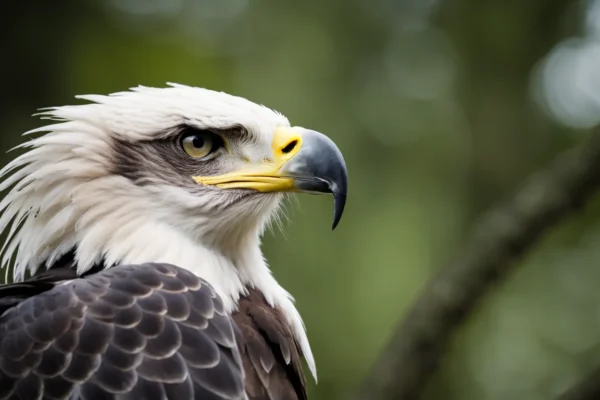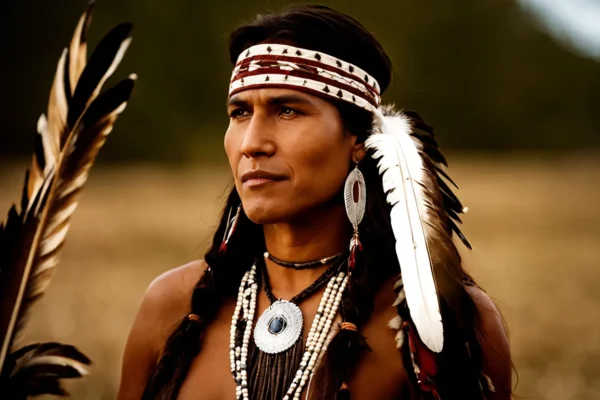The most distinctive features of flamingos, a kind of wading bird, are their vivid pink feathers, long, thin legs, S-shaped necks, and broad bills that tip downward. They belong to the Phoenicopteridae family. But what about their offspring do we know? We’ve included some of the most frequently asked questions about young flamingos in this post.
How does a flamingo baby look?
The Portuguese/Spanish word “Flamengo,” which translates to “flame-colored,” is where the name “flamingo” originates and best characterizes the eye-catching pink feathers of an adult flamingo.
Nevertheless, freshly hatched flamingo chicks have delicate, downy feathers that are gray or white in color rather than the stunning, bright feathers seen on their adult counterparts. Enough insulation is provided by the fluffy down to keep the chick toasty warm.
The small, straight bills of newly born flamingos are pink or red in color. Unlike its elders, the bill does not have the characteristic color spots on its beak. Their legs are large, thick, and have a pink hue. After hatching, 48 hours later, the swelling begins to go down.
After hatching, the legs and beak both become black after seven to ten days. The juvenile birds’ beak will begin to curl downward at around 11 weeks of age.
What size is a flamingo baby?
When they first hatch, flamingo chicks are about the size of a tennis ball (without the legs).
Flamingo females seldom deposit more than one big egg in a lifetime. The egg is somewhat larger than a large chicken egg, with an oblong form and a chalky white color. Their dimensions vary from 78 x 49 mm to 90 x 55 mm in length, and their weight falls between 115 and 140 grams.
What is the weight of a baby flamingo?
The chick hatches after 27 to 31 days. The hatchling will typically weigh 2.5 to 3.2 ounces, or 73 to 90 grams.
What is the appearance of a young flamingo?
The young flamingo has a very distinct appearance from its adults. The juvenile birds have fluffy grey feathers, black legs, and a greyish-white beak instead of the adults’ vivid reddish-pink structured feathers, pink legs, and enormous, distinctive beaks.
Young birds often have gray eyes, which is different from those of adults. Young birds typically reach adulthood between three and five years of age, and during the first few years after hatching, they typically acquire their pink feathers.
When flamingos reach adulthood, their main and secondary feathers, wing coverts, legs, beaks, and eyes all differ depending on the species of the bird.
What’s the name of a baby flamingo?
A chick, chicklet, or hatchling is the name used to describe a freshly born flamingo. But others have proposed that calling them “flaminglets” would be a far more accurate description!
What food do flamingo babies eat?
At initially, both parents feed the flamingo chicks just “crop milk.” In their upper digestive system lining, both parents make crop milk. The’milk’ has a vivid crimson color and is rich in fat and protein. It is a semi-solid material, similar to light yellow cottage cheese, as opposed to milk from mammals. Doves, woodpigeons, and emperor penguins are a few other birds that make crop milk.
From four to six weeks of age, the chicks can feed themselves, although they may continue to take nourishment from their parents until they fly at ten to twelve weeks of age.
How do flamingos nourish their young?
A sort of liquid known as “crop milk” is regurgitated into the mouths of the babies by both parents. They keep doing this for four to six weeks, or until the chicks’ bills are matured enough to handle solid food filtration.
Baby flamingos can fly when?
After hatching, the juvenile flamingos need around 11 weeks to develop their flying feathers. By the time they are two or three months old, they usually begin to fly. Instead of learning to fly from their parents, young flamingos try several times before they succeed.
For what duration do newborn flamingos stay in the nest?
After hatching, baby flamingos will spend five to twelve days on the nest mound.
When they are strong enough to walk, which is normally after four to seven days, they will depart the nest. Under the watchful eyes of its parents, the chick will investigate its surroundings before returning to the nest to eat.
The nest of a flamingo is similar to a mud mound with a little opening at the top. It may take up to six weeks to finish and reach a maximum height of 30 cm. The adult birds utilized dirt, feathers, sticks, and stones among other materials to build their nest. After the female lays the egg, it will take up to 31 days for both parents to take turns guarding and warming it until the baby hatches.
For what duration do young flamingos remain with their parents?
The chicks will leave the nest after around five days, travel back to their parents for food, and join smaller groups of other juvenile flamingos. Due to vocalization that takes place hours before the chick hatches and creates a relationship between the parents and the chick, the parent birds are able to recognize the chick by its call.
After hatching, the parents gather the chicks into huge groups known as a crèche, around three weeks later. Only their parents feed the young birds, who are looked after by a few adult birds. Within the protection of the group, the chicks will begin to fend for themselves. By the time they are 10 to 12 weeks old, baby flamingos fledge.
When do flamingo babies become pink?
In a few years after birth, young flamingos become pink. The diet rich in alpha and beta carotenoid pigments, such as canthaxanthin, is what gives an adult flamingo its pink or reddish feathers, legs, and face color. The majority of their food consists of algae and tiny invertebrates, such as insects, crabs, and mollusks. If there are few food sources, the birds may get whiter and lose part of their color.
When are flamingos able to procreate?
Flamingos begin mating at the age of six and seem to be monogamous. In order to entice a mate, the birds perform elaborate courting rituals within their colonies. Male birds are the ones that usually start the courting rituals, which include head-turning, preening, and marching.
What hue does flamingo baby poop have?
Greyish-white in color, flamingo poop is the same as other bird poop. However, since they survived on the egg yolk before to hatching, extremely young flamingos may seem to have orange poop.






